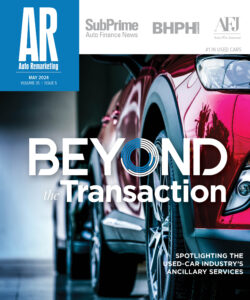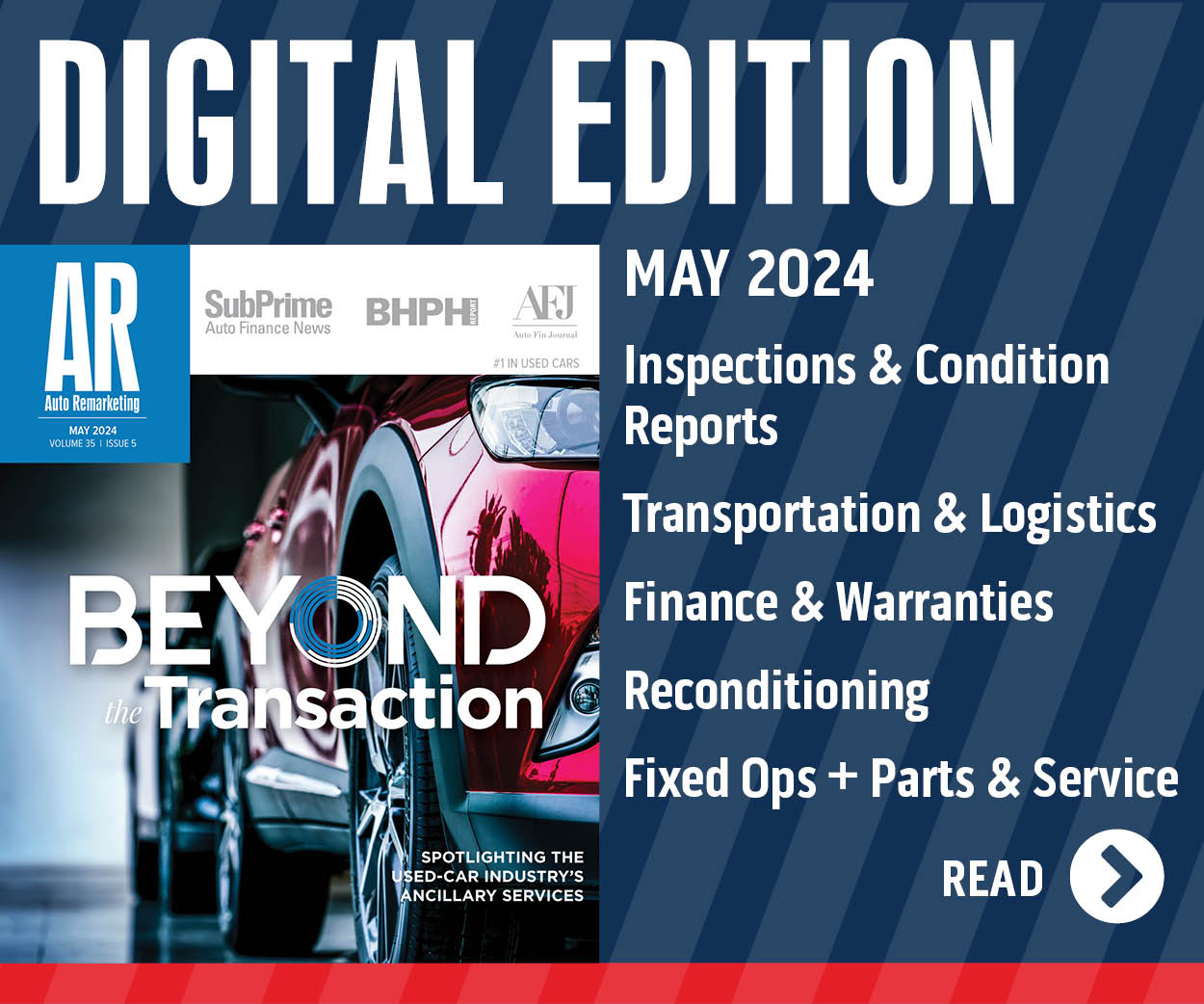Manheim’s November Index Rises After Five Months of Declines

Dealers hoping wholesale prices would continue to soften as this year came to a close might be disappointed with the latest Manheim Used Vehicle Value Index.
After five consecutive monthly declines from its peak reading in May, November’s index reading rose 0.8 percent to 123.8. However, Manheim pointed out Wednesday that wholesale used-vehicle prices (on a mix-, mileage-, and seasonally adjusted basis) are down 0.4 percent on a year-over-year basis.
“Prolonged pricing strength in the wholesale market has been the result of sustained improvements in retail vehicle markets (both new and used) and reduced wholesale supplies,” Manheim chief economist Tom Webb explained.
“With signs of improvement in the broader economic picture, retail vehicle markets will likely produce an even bigger appetite for available auction inventory,” Webb projected.
Dealers might remember the May level came in at 127.8 — the highest point it has ever been since Manheim started the index back in 1995.
As Manheim mentioned, November’s overall wholesale prices were 0.4 percent lower than a year earlier. The price decline by three segments proved to be more than the price increase by three other vehicle types.
Leading the November decliners were SUVs and CUVs, which Manheim said were down 4.6 percent. Luxury cars (down 1.3 percent) and pickups (down 0.3 percent) also ticked slightly lower year-over-year.
Manheim determined compact cars led the price surge, gaining 5.0 percent from last November. Midsize cars came in right behind with a 4.6-percent increase. Vans also posted a 1.2-percent increase last month, according to Manheim’s analysis.
“Over the periods of the past three months and of the past six months, pickups and minivans have been the strongest segments,” Webb surmised.
“Compact cars are up the most year-over-year, but have weakened in the back half of this year,” he continued.
“On a mileage- and seasonally adjusted basis, however, compact car prices showed an uptick in November,” Webb went on to say. “Data sources that look only at straight averages might not pick up on this fact since, in November, the average mileage of a compact car sold at auction reached a record high.”
Continued Strong Prices at Auction for Off-Rental Units
As was the case in October, Webb noted rental risk volumes rose significantly in November without any deteriorating impact on pricing, which held steady.
He added average miles on auction-sold vehicles also remained steady with previous months.
Commercial Fleet Prices Rebound
Manheim indicated pricing for end-of-service midsize fleet cars recovered in November after a fairly weak October.
Webb also noticed cargo vans and pickups also showed strong pricing.
“As is always the case in the commercial fleet segment, however, residual performance was very much make- and model-specific,” Webb emphasized.
“Some end-of-service models have a more than ample supply available in an overall market that is short of inventory,” he continued. “Naturally, the residual performance of those models suffered.”
Used-Vehicle Sales Discussion
As usual, Webb used his index commentary to touch on retail sales, first from the used-vehicle perspective.
Webb cited CNW Research data that showed retail used unit sales rose only a modest 3.4 percent in November, but several segments of the market (such as certified pre-owned vehicles) continue to track at a record pace.
“Statistics and comments from lenders also point to further growth in subprime used-vehicle loan originations,” Webb shared.
“Additionally as a result of the strength in new-vehicle pricing, used-vehicle retail gross margins were under less pressure in November,” he added.
New-Vehicle Sales Analysis
Manheim acknowledged new-vehicle sales came in with the best sales rate in years during November.
Webb indicated new cars and light-duty trucks sold at a seasonally adjusted annual rate of 13.6 million in November, the fastest sales pace since June 2008. The Manheim economist excluded what he called the inflated Cash for Clunkers tally from August 2009.
“And, contrary to the expectation of some analysts, sales gains were achieved without aggressive incentives or channel-stuffing inventory into the dealer network,” Webb stressed.
“New-vehicle incentives in November were up only modestly from October (the normal seasonal pattern) and down 8.6 percent from a year ago. In fact, Edmunds reported that it was the lowest level of November incentive spending since 2002,” Webb concluded.

 View The Latest Edition
View The Latest Edition

